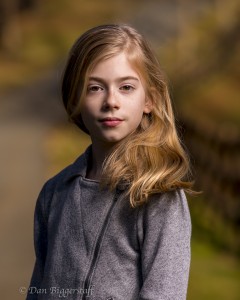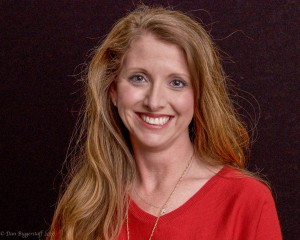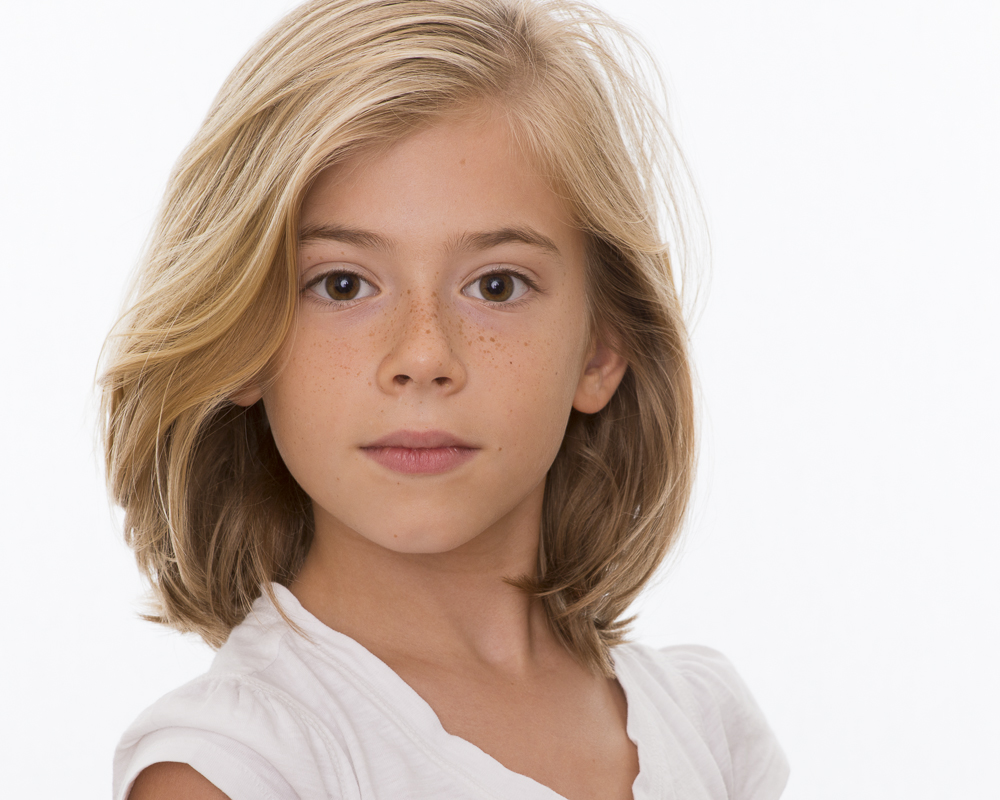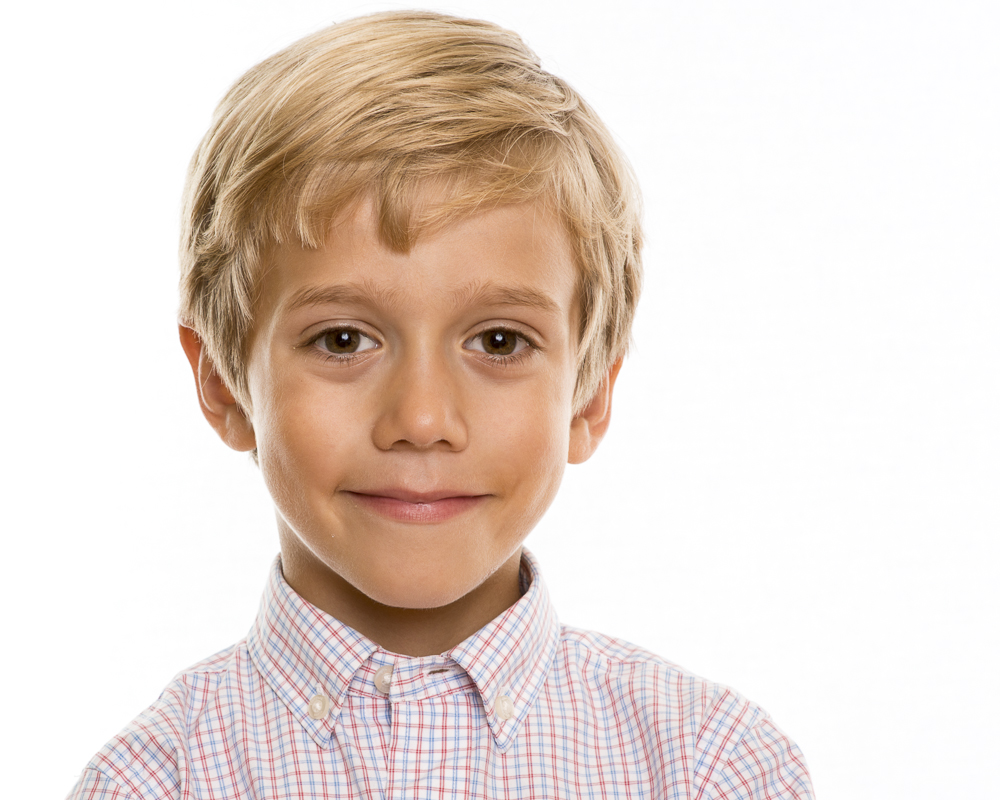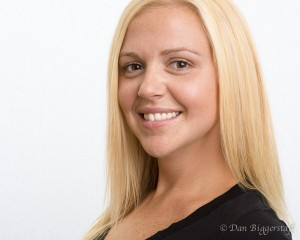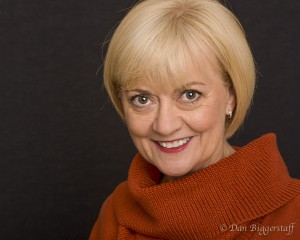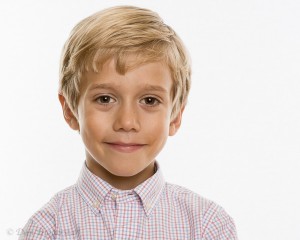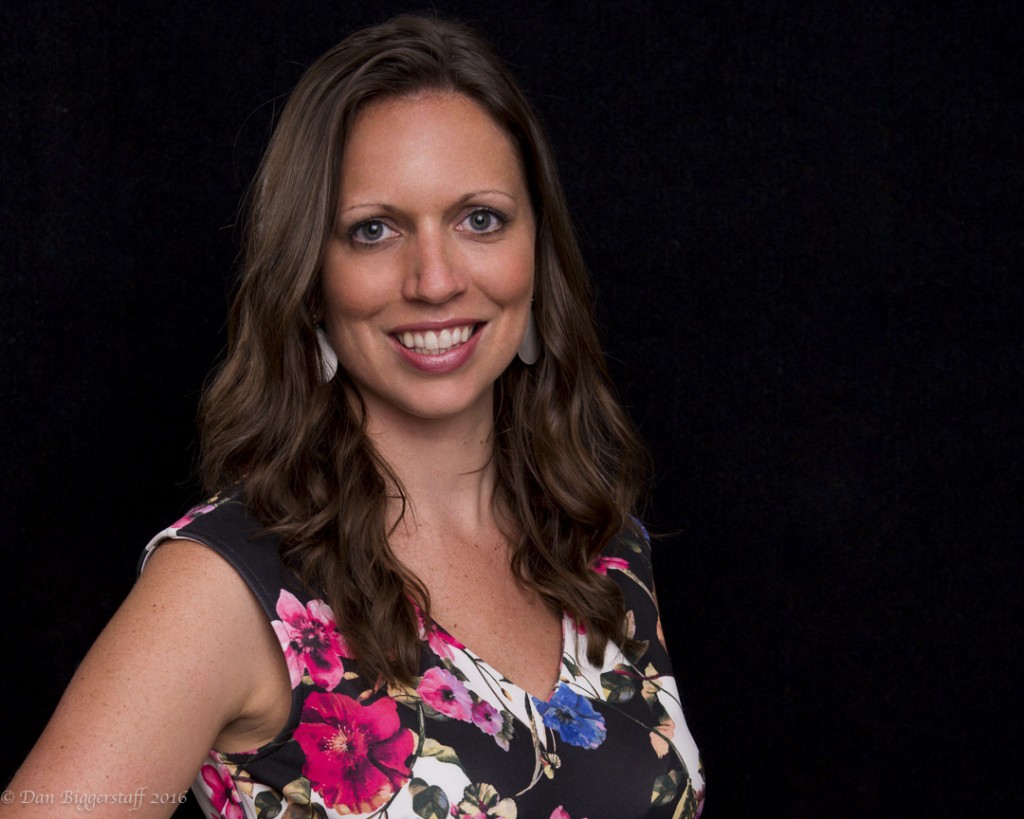
This is a photo of a beautiful woman. One of my mentors, Jay Maisel (www.jaymaisel.com), states the components of a great photograph are light, color, and gesture. I would add DETAIL to the components. Jay would probably comment that detail goes without saying. I am certainly not going to argue with him but will make several points.
Do as much as you can in the camera, cropping, exposure, bokeh, etc. When photographing people, good hairstyling and makeup before the shoot make post-editing a lot easier. Unfortunately, the time for or availability of a hairstylist and makeup artist is not always there. That is where post-shoot editing comes into play. I use Lightroom® and Photoshop® but admit my skills with the latter are limited. The “automatic” software for editing portraits usually gives a Barbie Doll® look that is not my preference.
I have chosen to seek out someone with the knowledge and experience I do not have for editing. Peter Bergeron (petertbergeron@gmail.com) has the skills and talent to meet my needs for “serious” editing. Peter has a Master’s Degree from SCAD and has been editing and printing photos for many years. The following are BEFORE and AFTER closeups of the above photo, thanks to Peter.
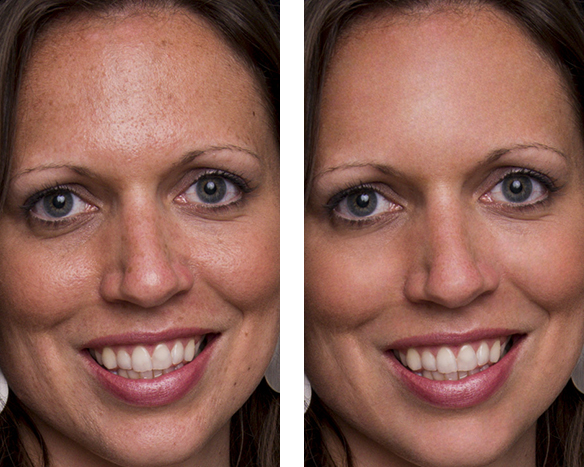
Copyright Dan Biggerstaff Photography. All rights reserved © 2016

